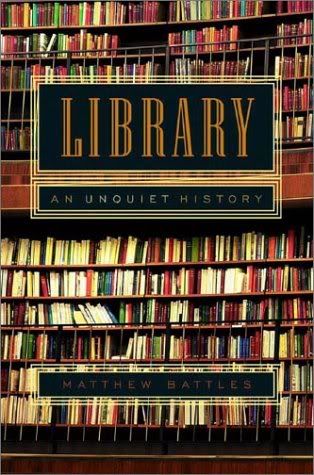First of all, in ancient times, not everyone could read - whether in Asia, Greece, Rome, or Egypt, education was for the rich, the privileged, and the clergy who advised them. Libraries in Europe were either private or connected to churches or monasteries until the Renaissance, when the love of knowledge that came from the Middle Eastern region flowed in to Europe.
The religion of Islam greatly influenced our book culture of today. They built great libraries, amassed monstrous collections, their scribes beautifully illuminated the texts, and the bindings were coveted for their richness and sumptuousness. They even collected and reproduced the literature of their rivals, the Greeks.
Libraries were, in general, open only to the higher classes, scientists, and the clergy for study and research. The first "modern" library, according to most historians, is the library at San Marco in Florence, built by Cosimo de Medici, a great patron of the arts in Renaissance Italy. This was only open to the learned and upper classes as well - but it also illustrated how libraries were used to show power and influence, especially of the Medici family. The books in this library were chosen carefully - they showcased the piety and the intelligence of the Medicis, as well as their views on humanism, culture, and custom. Also chosen were books that were once owned by illustrious individuals, people that the Medicis were all to happy to have their name associated with.
With the invention of moving type in Europe (the Chinese had invented this much earlier) literacy exploded, and so did the demand for books. A person would pick up the printed pages at the printer, then take them to a "binder" - to bind the pages together in the manner he chose - whether elaborate hard binding, or simple leather.
Books have been made from many materials - wood, metal, paper, papyrus, parchment, bamboo, stone, clay, and even wax. They have taken many forms - scrolls, writing on rock (for easy copying by rubbing), long bound bamboo books, the wax tablet, the codex, the wooden tablet, and the bound book with cover as we know it today. If you are more interested in the history of libraries, I suggest heading to your local public library and borrowing 'Library - An Unquiet History' by Matthew Battles:

It's an entertaining read!
No comments:
Post a Comment